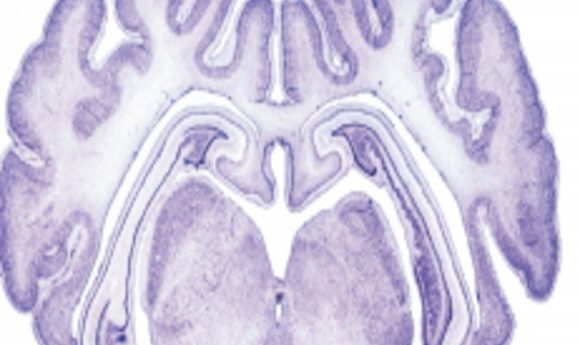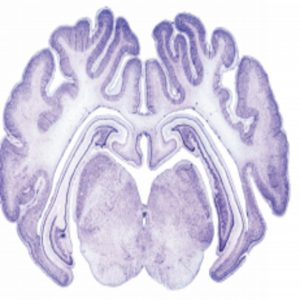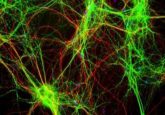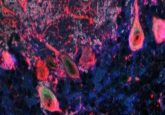Pig brain: new model for neurology

pig brain shown to have strong translational validity as a model for neurological disorders.

Section of a pig brain. Credit: Ulyanova et al. eNeuro
Neuroscience research commonly relies on the use of rodent and non-human primate models. Recently published work suggests that domesticated miniature pigs may mark a middle ground model, with the potential to bridge the gap between prior models in a single, behaviorally complex organism.
Building on initial neuroimaging studies of the pig brain, John Wolf (University of Pennsylvania; PA, USA), and colleagues developed new electrophysiology techniques to probe the structure and record neural activity of the Yucatan miniature pig hippocampus.
Recordings showed laminar electrophysiology and single neuron activity with features of both rodent and primate hippocampus, giving confirmation of the similarities of the pig hippocampus and support for its validity as a model.
The hippocampus is the key brain region for working and episodic memory, and is a region of interest for diseases affecting these processes. This new model shows promise for use as a pre-clinical research model for hippocampal-dependent human memory disorders and may assist in gaining understanding of disorders.
The translational validity of the model also gives it strong potential for use in other neurological conditions such as epilepsy or cases of traumatic brain injury.



